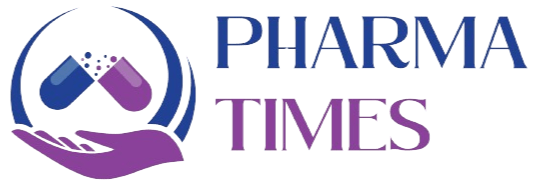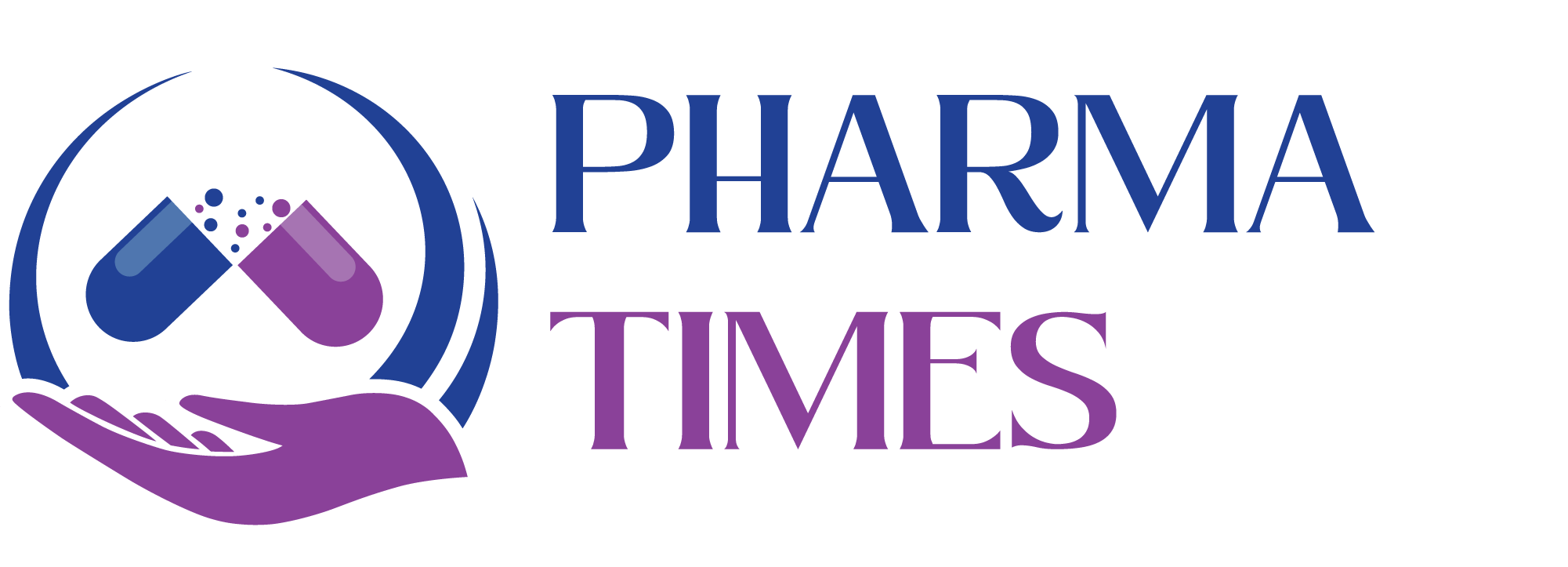SOP for Cleaning of Glassware Used in Chemical Testing.

Standard Operating Procedure (SOP)
Here is a complete Standard Operating Procedure (SOP) for the Cleaning of Glassware Used in Chemical Testing:
1. Purpose
To describe a standardized procedure for the cleaning of glassware used in chemical testing to ensure accuracy, reliability, and reproducibility of analytical results by avoiding cross-contamination and residue interference.
2. Scope
This SOP applies to all laboratory personnel involved in chemical testing and responsible for cleaning glassware in the Quality Control Laboratory.
3. Responsibilities
-
Laboratory Personnel shall:
-
Clean glassware as per this SOP immediately after use.
-
Ensure all residues are removed before reuse.
-
-
Lab Supervisor shall:
-
Ensure compliance and proper training of lab staff in cleaning procedures.
-
4. Materials and Equipment Required
-
Laboratory detergent (e.g., Liquinox or equivalent)
-
Tap water
-
Deionized (DI)/distilled water
-
Acetone or ethanol (for specific rinsing)
-
Cleaning brushes of appropriate size
-
Cleaning gloves and lab coat
-
Fume hood (if using volatile solvents)
-
Drying oven or clean air-drying rack
-
Waste disposal container
5. Procedure
5.1 General Cleaning Steps for Most Glassware
-
Wear appropriate PPE (gloves, goggles, lab coat).
-
Immediately after use, rinse the glassware with tap water to remove most residues.
-
Add a small amount of laboratory detergent and scrub with an appropriate brush to remove all residues.
-
Rinse thoroughly with tap water until all soap is removed.
-
Rinse with deionized/distilled water at least 3 times to remove any ions or contaminants.
-
If required, perform a final rinse with acetone or ethanol (especially for organic residue removal).
-
Place cleaned glassware in a drying oven at 60–80°C or let it air-dry on a dust-free rack.
5.2 For Volumetric Glassware (e.g., pipettes, burettes, flasks)
-
Rinse with tap water immediately after use.
-
Clean with detergent and brush carefully—avoid scratching calibrated markings.
-
Rinse thoroughly with tap water and then with deionized/distilled water at least 3 times.
-
Allow to air-dry inverted on a clean rack or dry with hot air without direct contact.
5.3 For Glassware Containing Organic Residues
-
Rinse with suitable organic solvents (e.g., acetone, ethanol, or methanol) under a fume hood.
-
Proceed with standard detergent cleaning.
-
Rinse with deionized water thoroughly.
-
Dry as described above.
5.4 For Glassware with Stubborn or Inorganic Residues
-
Soak in 1–2% nitric acid or chromic acid solution if permitted (use with caution).
-
Rinse thoroughly with tap water followed by deionized water.
-
Follow institutional disposal procedures for acid waste.
6. Cleaning Frequency
-
Immediately after use for routine items.
-
Before use, if glassware has been stored for a long time.
7. Waste Disposal
-
Dispose of used solvents and acids according to local regulations and hazardous waste disposal SOP.
-
Never pour solvents or acids directly down the sink.
8. Documentation
-
Maintain a cleaning log if required by regulatory or internal QA standards, especially for specialized or critical glassware.
-
Log should include date, glassware type, and initials of the person responsible.
9. Precautions
-
Avoid using scratched or damaged glassware.
-
Do not mix incompatible solvents.
-
Do not use glassware while wet for moisture-sensitive analyses.
10. References
-
Good Laboratory Practice (GLP) Guidelines
-
Laboratory Glassware Manufacturer’s Instructions
-
ISO/IEC 17025 Guidelines
🎓 Discover one of the best Quality Assurance courses available — click below to explore the course that’s shaping future QA skills.

